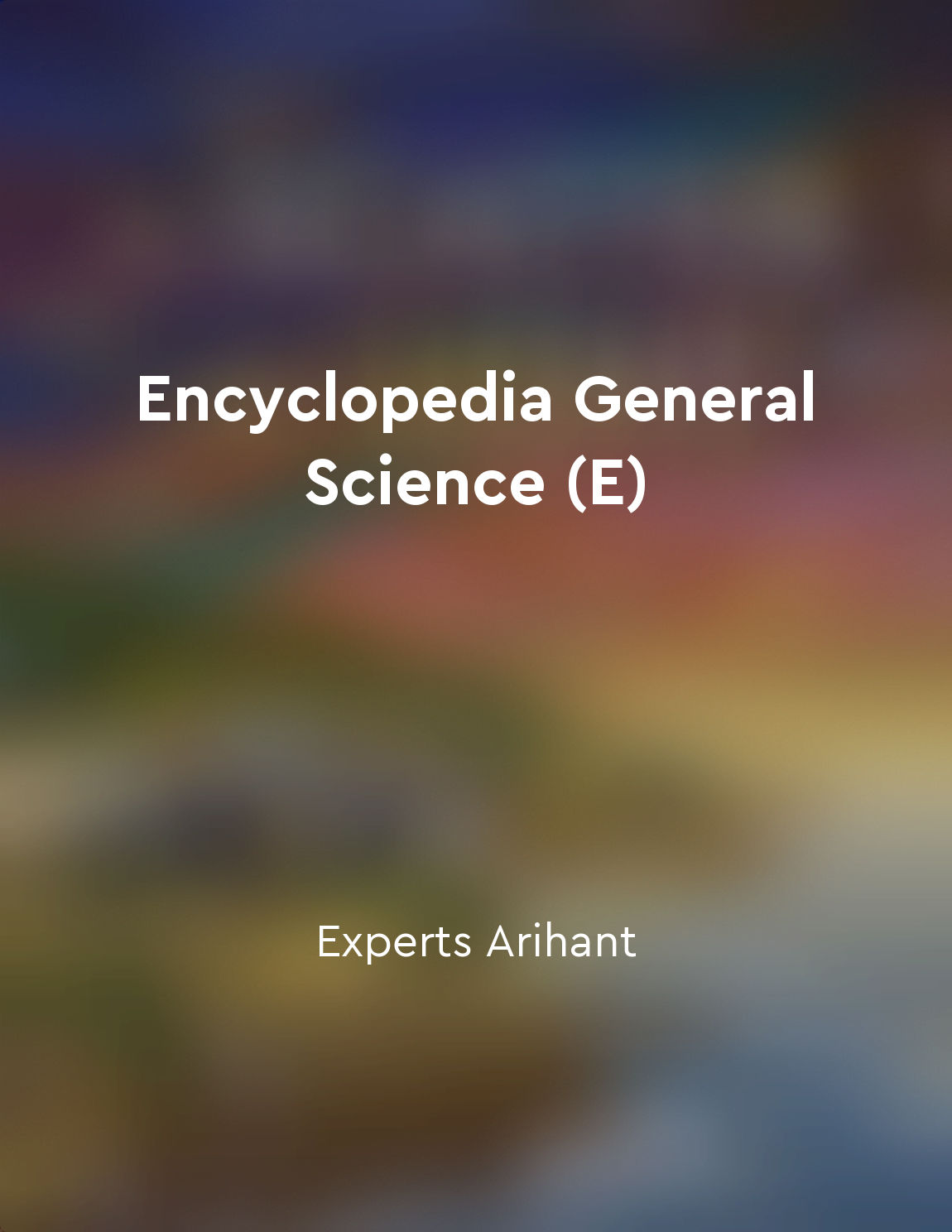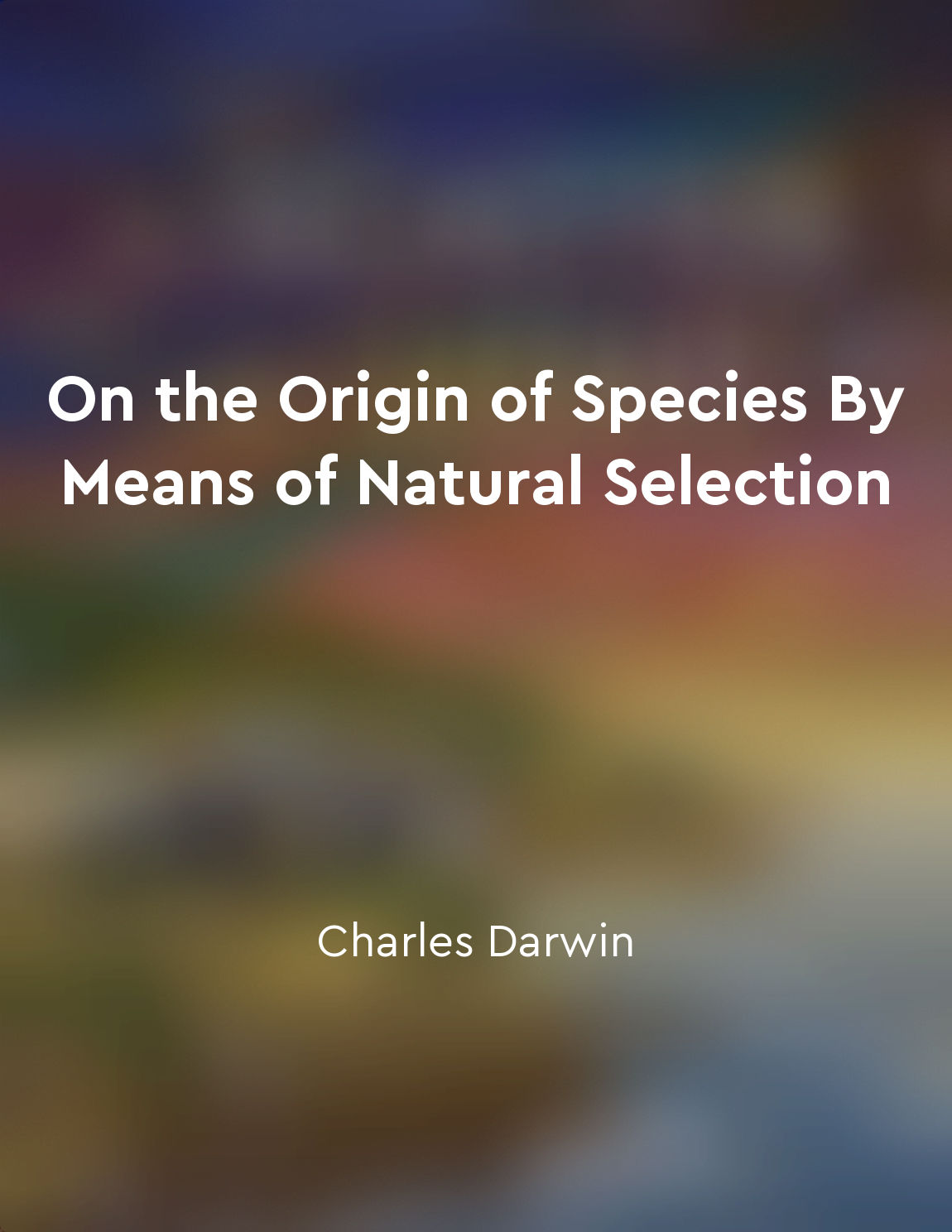Coevolution occurs when two species influence each other's evolution from "summary" of The Red Queen by Matt Ridley
In the intricate dance of nature, species are not isolated entities but rather interconnected players in a grand evolutionary symphony. Coevolution is a phenomenon that exemplifies this interconnectedness, showcasing how two species can shape each other's evolutionary paths through their interactions. This concept underlines the idea that evolution is not a linear progression for one species but a dynamic interplay between multiple organisms. Coevolution can take various forms, from predator-prey relationships to mutualistic partnerships. Each interaction between species can lead to changes in both parties, as they adapt to better exploit or defend against each other. For instance, the arms race between predator and prey often results in a continuous cycle of adaptation and counter-adaptation. Predators evolve sharper claws or faster speeds to catch their prey, while prey develop camouflage or defensive mechanisms to evade capture. In mutualistic relationships, coevolution can lead to a mutually beneficial partnership where both species rely on each other for survival. Pollinators and flowering plants are a classic example of this type of coevolution, where the evolution of one species is intricately tied to the other. The plants provide nectar or pollen for the pollinators, while the pollinators facilitate the plants' reproduction by carrying pollen between flowers. Coevolution is not a one-way street but rather a dynamic process where both species are constantly influencing each other's evolution. This interdependence highlights the complexity and interconnectedness of the natural world, showcasing how each species is intricately linked to the others in a delicate web of interactions. By studying coevolution, we gain a deeper understanding of the intricate relationships between species and the ways in which they shape each other's evolutionary paths.Similar Posts
The planet is experiencing unprecedented changes
The world is undergoing transformations that have never been witnessed before. Our planet is in the midst of unprecedented chan...
Genes are the units of natural selection
The concept that genes are the units of natural selection lies at the heart of evolutionary theory. Natural selection is the pr...
Human activity impacts the environment
It is a truth universally acknowledged that human activity, whether intentional or inadvertent, has a significant impact on the...
Farmers face challenges in adapting to climate change and variability
Farmers are finding it increasingly difficult to adapt to the changing climate and unpredictable weather patterns. As temperatu...

Biology is the study of living organisms and their interactions
Biology, as a scientific discipline, delves into the intricate world of living organisms. It seeks to unravel the mysteries beh...
Evolutionary mechanisms are consistent with divine providence
The concept that evolutionary mechanisms are consistent with divine providence is a complex and nuanced idea that challenges tr...
Social hierarchies can influence reproductive success
Social hierarchies are not just about power and dominance; they also play a crucial role in determining reproductive success. I...

Complexity arising from simple beginnings
Darwin's theory of natural selection posits that all complex life forms we see today have arisen from much simpler beginnings. ...

The interconnectedness of life on Earth means that the extinction crisis affects us all
In a world as interconnected as ours, the extinction crisis is not just a problem for the species facing annihilation. It is a ...

Sexual selection for desirable traits
One of the most intriguing aspects of evolution is the idea that certain traits can be selected for based on their desirability...
